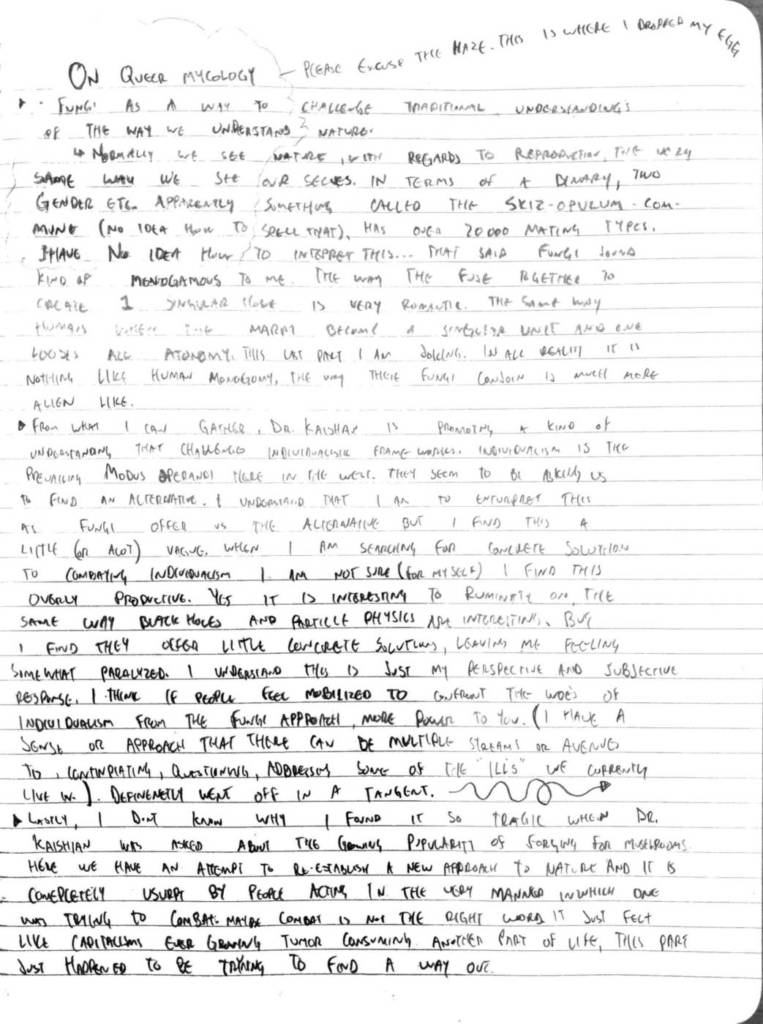
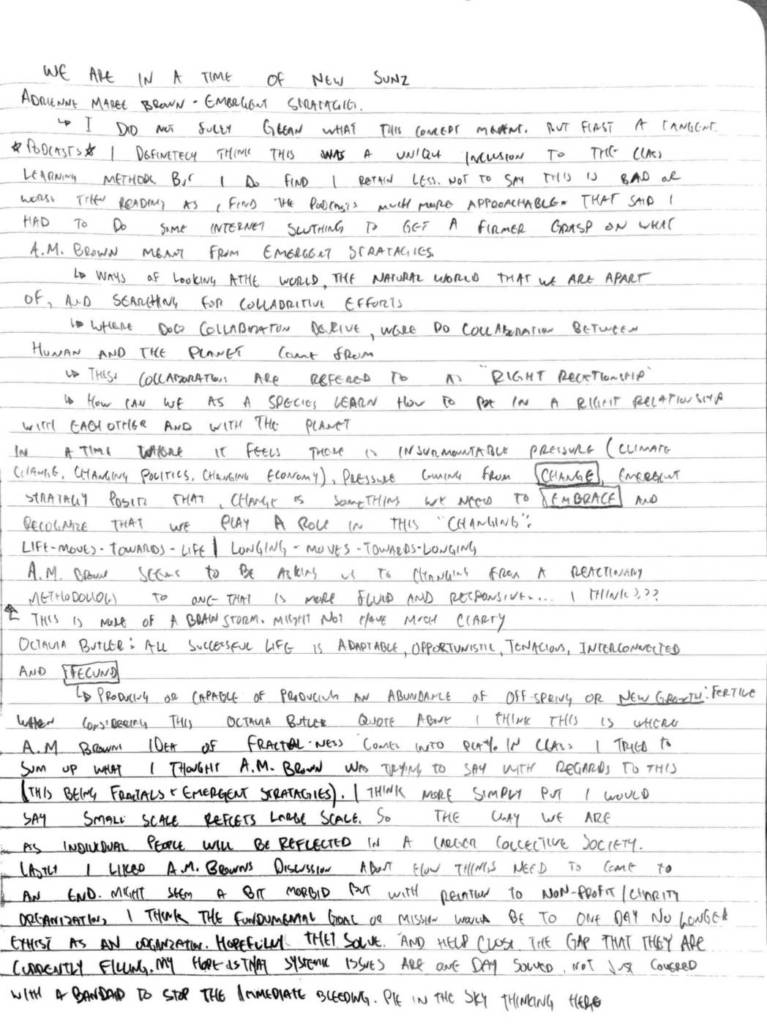
Bleuts
Aftersun Still
Blue is the warmest colour still

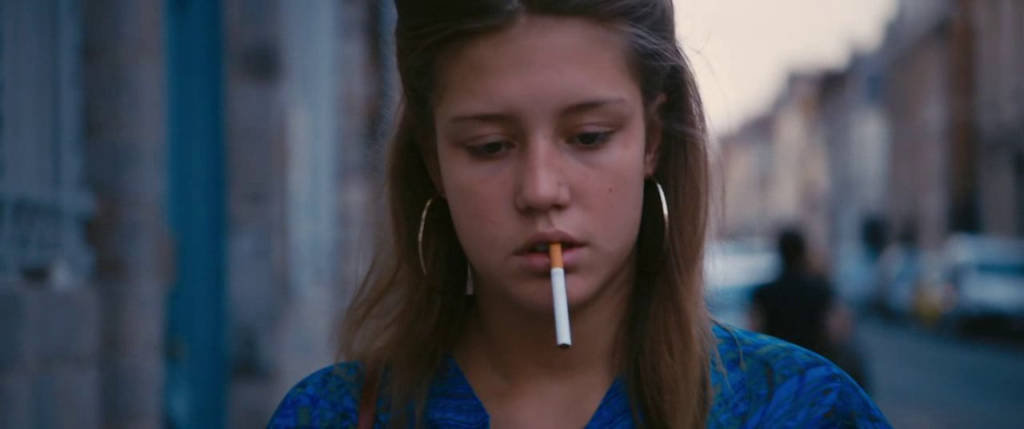
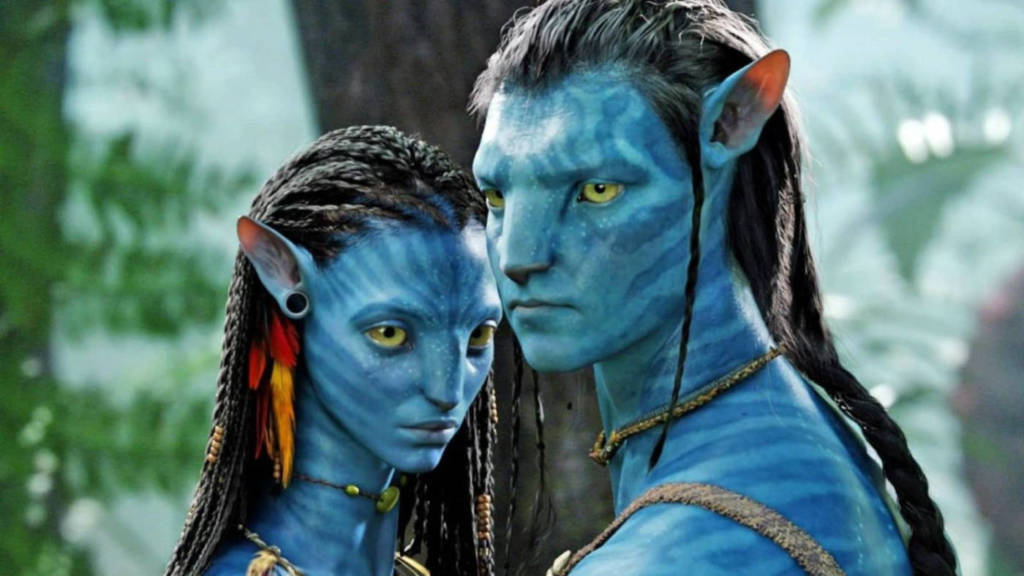
I heeded your recommendation and opted for a digital version of the write up. I apologize for any potential headache my previous submission may have caused. I even downloaded an Image to PDF app in an effort to make it more readable. But I digress, I will transition to Maggie Nelson’s Bluets.
I found a free audio version of Bluets read by Maggie Nelson herself. It was amazing dog walking material. I read The Art of Cruelty a few years back and found it somewhat disturbing but really enjoyable. She is very insightful and the connections she makes are like catnip to me. Sometimes they’re not even connections, but more of a blunt statement of truth or a small nugget wisdom proverb. I still recall a line (not verbatim) from that book that goes: misogyny, when expressed or explored by men, remains a timeless classic. Another lie reads: so long as we exalt artists as beautiful liars or as the world’s most profound truth-tellers, we remain locked in a moralistic paradigm that doesn’t even begin to engage art’s most exciting provinces. This last one has stuck with me, although I can’t really resolve it in a satisfying way. Maybe that’s why I like her writing and her combination of bluntness, poetry, and wisdom that stimulates the affective realm of my brain in a way I can’t shake. Bluets was similar but was much more poetic, more sexual, and at times more depressing. It felt more personal than The Art of Cruelty and that lent itself to the audio version better. Some quotes that struck a chord are posted below:
199. For to wish to forget how much you loved someone—and then, to actually forget—can feel, at times, like the slaughter of a beautiful bird who chose, by nothing short of grace, to make a habitat of your heart.
How do you respond to that? I feel trying to unpack that logically makes no sense, though if you’ve lost a family member, or even split ways with a loved one it just makes sense intuitively.
It is easier, of course, to find dignity in one’s solitude. Loneliness is solitude with a problem.
I consider myself to be withdrawn or withheld, which people have told me is strange for a Sagittarius. But I am not truly a person of solitude; I lean very heavily on people I am close with. I must agree with Nelson about the problem of loneliness. Loneliness has an implied rejection to it. Loneliness isn’t by choice. I assume one does not choose to be lonely and instead, loneliness is put upon you. Solitude has reverence; it takes willpower and is a choice made and followed through by those with strength. Solitude is something I cannot do.
Bluets felt like a stream of consciousness, an affective exploration of the colour blue. Nelson seemingly unpacks the associations of the colour – loneliness and loss, but also longing. Like in Charlotte Wells Aftersun, how the blue of the ocean and the sky became like a hazy memory between father and daughter.
Unmonumental:
mon·u·ment
/ˈmänyəmənt/
noun
- a statue, building, or other structure erected to commemorate a famous or notable person or event.
- “a simple stone monument marked the nearby crash site”
I have always wanted to start off a text with a definition. My past English teachers insisted it is too cliché and it’s at the detriment of what follows. This feels like a safe place to try it out. It doesn’t feel great, and I am happy I have gotten it out of my system.
I think this text does a good job providing a quick/brief historical survey of some of the broad points from the recent history of sculpture. Sculpture is a quick way to my heart and I genuinely enjoy many of its basic elements: surface, form, volume, approach to gravity. Also this text covers a host of artists I admire and look to, such as Cady Noland, David Hammon, Rachel Harrison, etc. From what I can gather, both from the reading and the subsequent conversation, is that the monumental in relation to art has to do with a few qualities: size, mass, material/object choice, content, ideology, and special/object relations. While these are not all the essential qualities, they are the qualities that stand out to me as patterns across the article’s images.
Another pattern comes through in the haphazard compilation of objects. The approach to craftsmanship has transitioned from a master carpenter or caster to one who sorts through garbage and considers the relations between and among these objects. Rachel Harrison, for example, seems to want to combine objects that baffle the viewer as we try to connect relationships, often leaving us with the conclusion that finding that thread may be futile. And is that her goal? I personally think so.
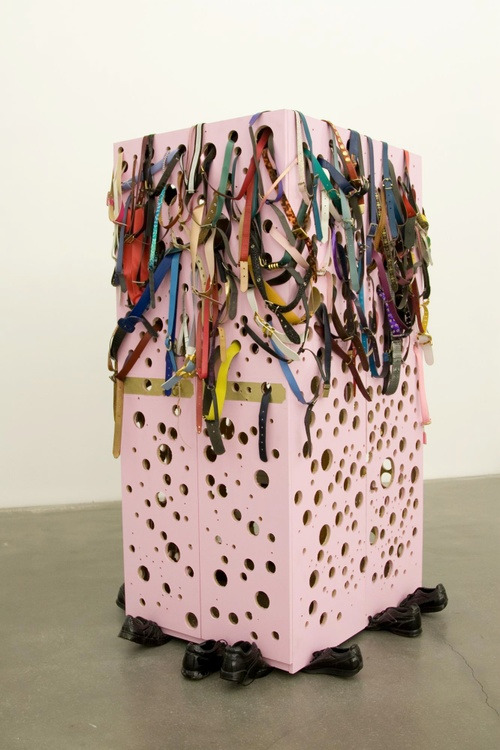
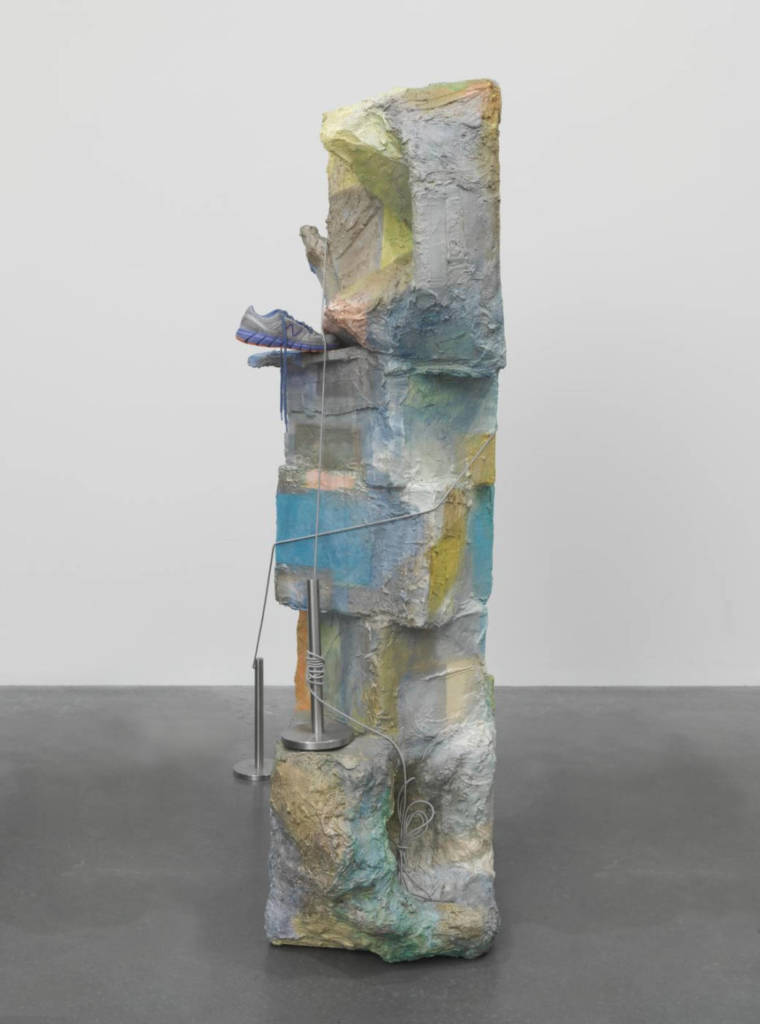
“It is as though in an age of hyper-visibility many artists have felt the need to define a private, at times obscure space where complexity is not suppressed and where things are free to be senseless without being forced immediately into catchy slogan”.
I find my own approach to art making, as well as social existence, is to retain some level of secrecy. I avoid social media platforms, not so much as a political statement, but because it is truly the simplest way I can withhold parts about myself within the digital world. I find this difficult while at school, where we are often asked to divulge so much information, whether it be our biography or artistic decisions we make. Still, the most enjoyable aspect of this program has been the connections made with peers. So on the one hand, relationships require openness and transparency to develop, especially considering the short time frame of the MFA. Yet simultaneously I have an urge to retract and resist relationships that are highly mediated through digital technologies.
HYPER OBJECTS
For the presentation notes I decided to upload my script. It is a more succinct renidtion of my presentation notes, which in all honesty I cannot seem to locate:
This article is kind of an expose of Timothy Morton themselves. Morton is a hot commodity it seems as of late. I was first exposed to the idea of Hyper objects in my undergrad as there was, maybe still is? An interest in the larger branch of philosophy called Object Oriented Ontology. This has an even larger branch which I will touch on later. But Morton is an interesting character. They seem to blend hard philosophical theory with touches of Affect theory. Their prose is beautiful and flowery, and their ideas are contemporary and dense. That said this article does a good job providing context for Morton and their work.
Maybe talk briefly about Speculative Realism and Object Oriented Ontology as the over all branch of Morton’s theories:
Speculative realism is a reaction against Correlationism, which is the idea that we can only know things as they are for us – as they appear to our cognitive faculties – rather than what those things are in-themselves, apart from human perception.
That is, one can take correlationism to be the idea that humans are special among all other things that exist – after all, everything else has to accommodate itself to human cognitive faculties or else disappear from the bounds of our world.
Human inquiry has always tried to get at things as they really are, and the idea that we can only know things as they appear to us means that no matter how many times we lick the ontological Tootsie-Pop, we’ll never get to the center of it.
So a motivating factor for speculative realists from what I can gather is to fight against this notion of correlationism.
That is, speculative realists seem argue that (somehow) we can know things as they are apart from human perception, and thus can speculate about the reality of those things.
Explain Hyper objects: ADHD
Now we move to this idea of Hyper objects, which is Mortons fight in trying to working around this notion of correlationism. Hyper objects are hard to understand
“The problem with hyperobjects is that you cannot experience one, not completely. You also can’t NOT experience one (the classic double negative). They bump into you, or you bump into them; they bug you, but they are also so massive and complex that you can never fully comprehend what’s bugging you. This oscillation between experiencing and not experiencing cannot be resolved. It’s just the way hyperobjects are.”
- Un evenly distributed
- So vast that the human mind has difficulty grasping it
- As a result our reactions to it are illogical as we are unable to use facts/data/science in a meaningful way
Explicitly connected to the current climate crisis, hyperobjects have ‘already had a significant impact on human social and psychic space’ and are ‘directly responsible for what [Morton] calls the end of the world’.
These are very interesting ideas and it is no wonder that people from outside side of achedemia and Philosophy have been interested.

- Olafur Eliasson (Olafor Elee-ason) – Big Installation artist – THE WEATHER PROJECT, 2003
- Bjork is very interested in the idea of Hyper Objects
- Dan Boeckner talks about (something) one of his albums off of Hyper Objects
- The operators – Radiant Dawn
- Jeff VanderMeer and Dan talk about hyper obejcts in a podcast
- Jeff calls them (atributes of a hyper object):
- Timothy Morton teaches or Taught at Rice college where there is a conversation between ecologists and philosphers
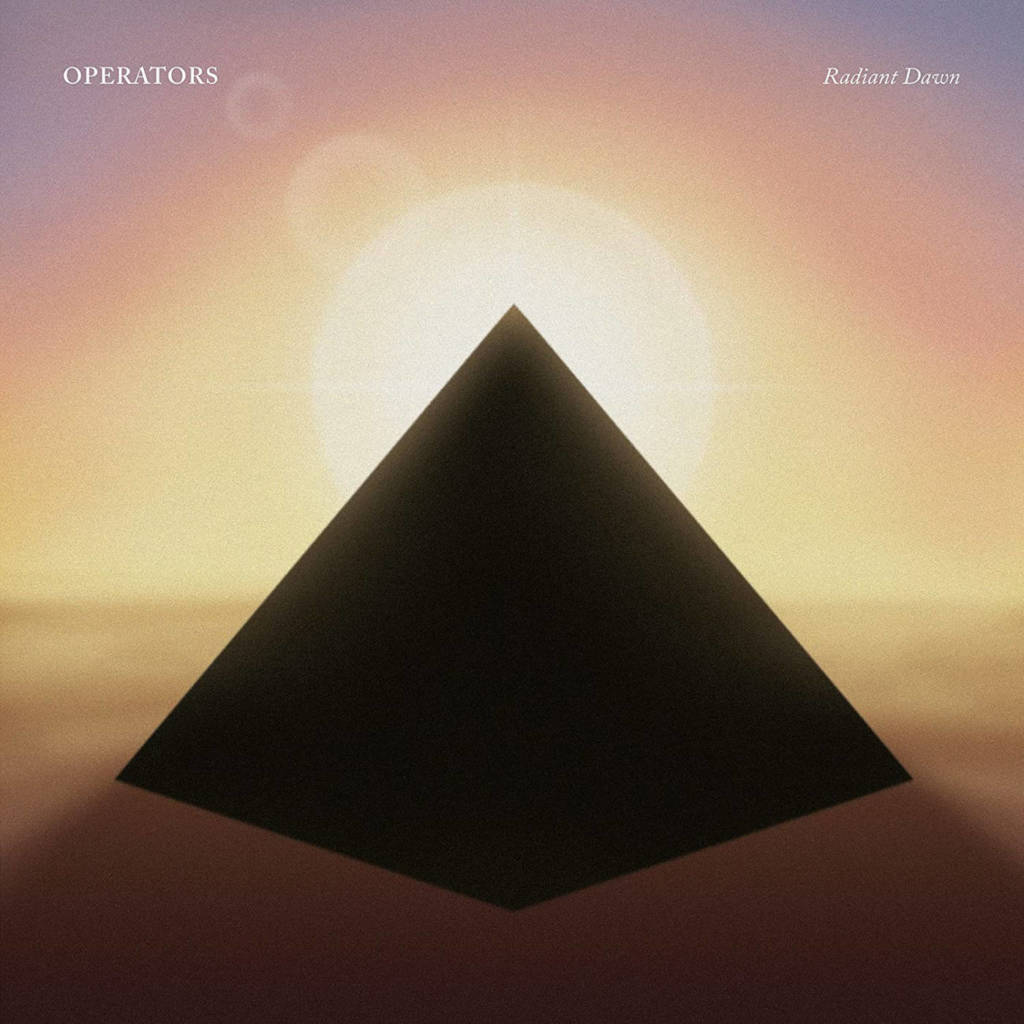
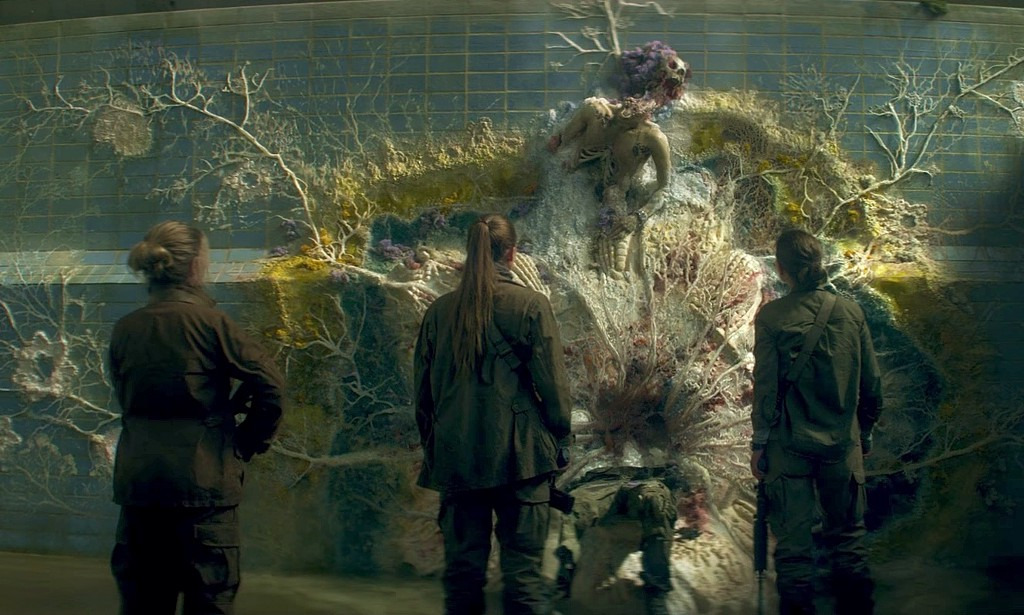
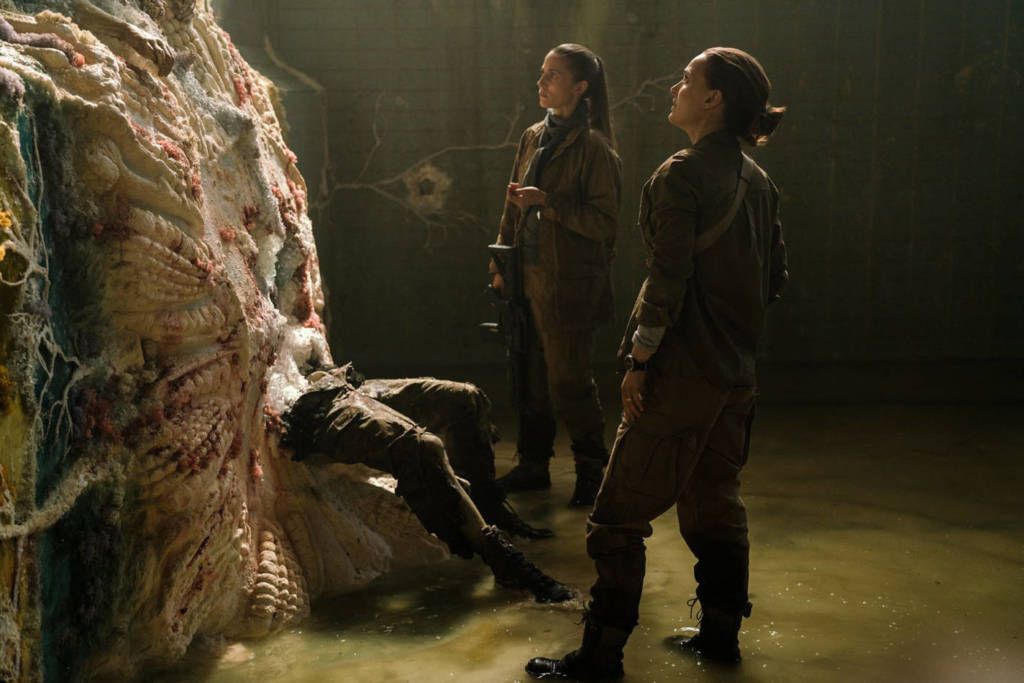
To wrap up this article, I am going to highlight some other key points or even some quotes that I thought were interesting and either shed more light on Morton’s ideas or feedback into the conversation we are going to have.
Morton says “Reality is real, and right there to experience—but it also escapes complete knowability. One must confront reality with the full realization that you’ll always be missing something in the confrontation.”
Art can fill this gap of trying to contextualize, visualize, or make known this gap of what Morton is saying is missing between this real and this unknowability.
Morton refers to hyperobjects as “Strange strangers”—things that are “knowable yet uncanny.” THEY therefore call on us to shift away from trying to master objects and toward learning to respect them in their elusiveness, including the objects that are scary, ugly, artificial, harmful, and disturbing.
The article gives the example of oil: “nature at its most elemental; black ooze from the depths of the earth. And yet oil is also the stuff of cars, plastic, the Industrial Revolution; it collapses any distinction between nature and not-nature.”
Everyday we are “surrounded by oil and its byproducts—the ooze itself, and the infrastructure that transports it, refines it, holds it, and consumes it—and yet, Morton says, we could never really see the hyperobject of capital-“O” Oil: it shapes our lives but is too big to see.”
Morton argues that by removing the full scope of these objects from our visibility, it allows us to avoid responsibility for their effects.
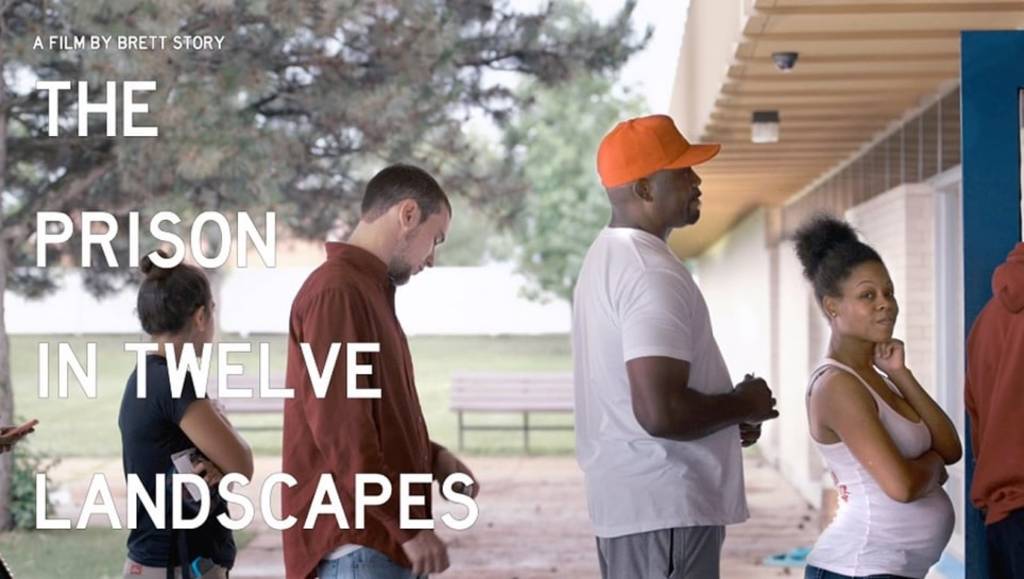
Relating this to a non-ecological phenomena, it makes me think of the film The Prison in Twelve Landscapes which reveals how the prison is so often kept out of sight and yet there are these community economies that deeply revolve around the prison industry, providing jobs to entire towns while disproportionately incarcerating the population that supports them. But the average person doesn’t see this; its strange and unknowable and allows the general public to disavow any complicity in the prison industrial complex. I think that’s very akin to what Morton was trying to say about oil or hyper objects.
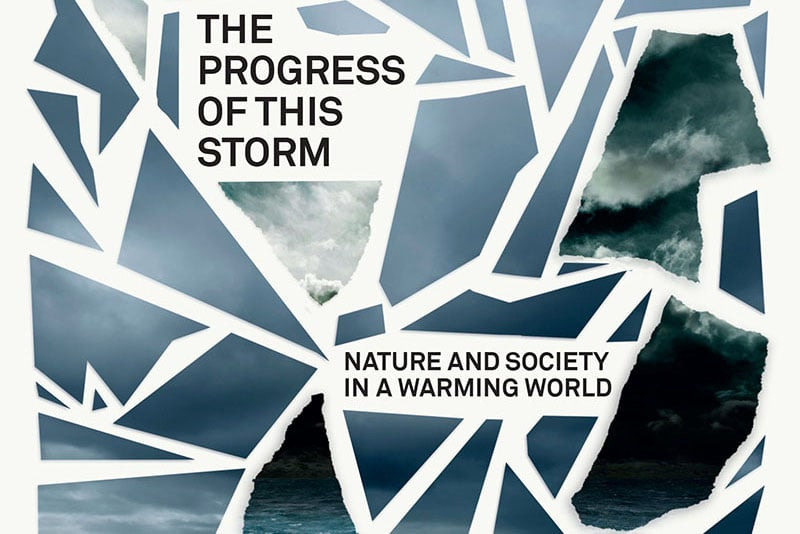
Critique: Andreas Malm – The Progress of this Storm: Nature and Society in a Warming World
Malm writes that Morton “believes that global warming is a ‘hyperobject’ endowed with agency, and that oil itself is ‘a vastly distributed agent with dark designs of its own’.” However, Malm critiques this perspective and argues “The only sensible thing to do now is to put a stop to the extension of agency. In this warming world, that honour belongs exclusively to those humans who extract, buy, sell and combust fossil fuels, and to those who uphold this circuit, and to those who have committed these acts over the past two centuries: causing the climate system to spin out of control. […] Popular talk of the warming earth as ‘agent of history’ should be discontinued. The dichotomy between human agency and non-human nonagency underpins the whole of climate science” (Agency: the capacity, condition, or state of acting or of exerting power)
The end.
Leave a Reply
You must be logged in to post a comment.